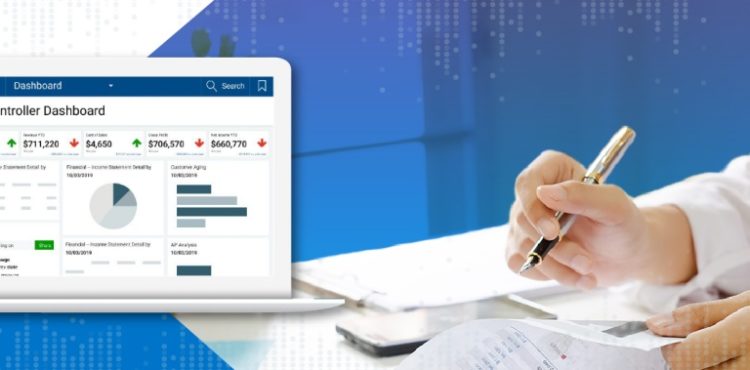Red Means Danger, Blue Means Cold, and Other Tips for Choosing Dashboard Colors

In data visualizations, the value of color is not just aesthetic—it also conveys meaning. Dashboard colors can immediately draw your eye to critical information, identify data relationships, or highlight potential issues before they become big problems.
“The role of colors in an analytics dashboard is to make it attractive, easy to use, and easy to read,” says Josh McClure, solutions engineer at Logi Analytics.
Often, the task of choosing dashboard colors to appear in an application is left up to developers who may not feel comfortable making design choices on their own. But according to McClure, it’s not as difficult as it may seem.
Follow these three practical strategies for choosing dashboard colors that will give your data visualizations context as well as visual appeal.
17 Dashboard Design Tips for Non-Designers
Download NowUse Color Purposefully—and Sparingly
Overusing color is the most common mistake that developers make. Like any form of communication, restraint plays a role, but so does imagination: Too much color clutters your message; too little, and users lose interest.
“Generally, less is more,” McClure says. “When you use too many bold colors, it’s hard for users to process information and nothing appears to be a priority. It may also indicate that your application team doesn’t understand color strategy.”
Each color in data visualizations should serve a purpose. Use different dashboard colors only when you’re communicating different things; two colors on a chart should represent two different concepts.
Color can also direct attention to different elements. For example, an e-commerce dashboard may feature a grid on a white background and flashy product images—but the most prominent elements should be the cart and check-out buttons, so products are easy to buy.
Consider Color Psychology 101
Many colors have associated meanings that you can use to refine your dashboard and quickly convey brand identity.
For example, black is often associated with sophistication and elegance—just imagine a black limousine. White is associated with clean design and a calm disposition—imagine an Apple store. You can use dashboard colors like these to convey a brand image.
Colors are also key to getting your message across—and the right ones can help you decrease the visual elements you need to convey information. Red and green usually indicate danger (red), and positive feelings (green), as well as a financial loss (red), and gain (green). Red and blue have opposite associations, with red identified with hot and blue with cold. You can use these colors to communicate a meaning with your audience without using extra labels and indicators in your dashboards.
In fact, red is such a strong color, McClure advises using it sparingly. “When you see red in an app, you stop and ask, ‘what’s going on?’ Red is used so often for emphasis, its appearance in a data visualization can be risky.”
Address Visual Challenges
Colorblindness makes it hard to differentiate red and green, so use these colors with care. Use a tool such as Vischeck to simulate colorblindness, so you see what a colorblind user sees when looking at your dashboards and reports. Shading can also be tricky: When using similar colors, make sure users can distinguish contrast between them.
Color is a powerful element that adds clarity to data visualizations. And now it’s easier than ever to choose dashboard colors that make your embedded analytics more interesting and meaningful.
